
When the video call loads, I immediately recognize the interior of a Sprinter van. Charlie Gandy is parked on a desolate back road in the depths of Big Bend National Park. Gandy runs his hand through his white hair, bearded stubble standing out on his face from many days spent riding in the wilderness.
“It’s about 100 degrees now and real still,” Gandy shared. He’s currently on a mission to ground proof one of the most remote sections of a brand-new point-to-point bikepacking route stretching 1,500 miles across some of the wildest parts of Texas. Known as the xTexas Trail Project (xTx), the mapping and design of this trail are a true labor of love.
Gandy is a fifth-generation Texan who’s served in the Texas Legislature, traveled all across the state as a businessman, and founded the BikeTexas advocacy organization in 1991. Even though the 66-year-old now resides in Washington state, he was inspired to give back to the home state that has given him so much.

Inspiration strikes for the xTx
“I was hiking on the Lake Tahoe trail last June, and wondering what I was going to do next, and the pieces just came together,” said Gandy. “I realized that as a native Texan… I could see the route that basically we have now, and I could imagine that as an Appalachian Trail-type route, or a Pacific Crest Trail-type route, or maybe even more accurate, because of how young it is, the Continental Divide Trail.”
“Basically what I’m doing, is setting out a tour of Texas that is rustic, remote, rugged, and therefore romantic.”
Much of the inspiration for the route’s layout comes from the Cross-Washington Mountain Bike Route (xWA), a 690-mile primarily off-road route that crosses the state from west to east. Gandy has ridden the xWA for the last two years in a row, and said that “it is a physical and emotional challenge.”
“That’s one of the sources of my imagination, is having people suffer on the way to seeing the hidden gems of Texas, so that they will appreciate the route and the finds.”
Where does the xTx go?
To embody that challenging ethos, the 1,500-mile route avoids all major cities and only passes through small towns to allow riders to resupply. “Generally speaking, it’s routed through where we can find dirt roads and or trails,” said Gandy. “There’s ghost roads out there where, when the interstate and highways came in, there was no reason for anybody to be on them, except the ranchers that live on them and the mailman.”
Notable highlights along the route include the deep east Texas region, which is filled with endless sandy ghost roads and some trail riding on the Piney Woods Trails. The route then traverses through the hill country, with plenty of singletrack trails to ride.
Arguably one of the most rugged, remote, and beautiful regions the route traverses is where I found Gandy when I spoke with him: Big Bend and the Chihuahuan Desert. Through Big Bend, the route follows the gravel River Road for about 60 miles, which is where Gandy called in from. After winding through the National Park on endless gravel, the route picks up singletrack at Big Bend State Park near Lajitas, traversing the East Contrabando Trail and then heading deep into the park on rugged singletrack.
“A lot of that is [an] abandoned […] smuggling route. And because there’s water along the route… that’s prime singletrack through the State Park.”
The route then heads north, and hikers will summit the tallest peak in Texas — Guadalupe Peak — before heading for the western border. Unfortunately, mountain bikers will have to skip Guadalupe Peak.
The vast majority of the route follows dirt, gravel, and sandy roads — many of which can get rough and rugged, and are filled with rocks and potholes. The route also has smatterings of singletrack and pavement. In Gandy’s mind, a bike similar to the Salsa Cutthroat — the quintessential Tour Divide bike — would be ideal for the xTx.



Building the trail to a “horse standard” has allowed it to quickly gain local acceptance
“We’re building this to a horse standard, and we’ll also have hikers and mountain bikers on it,” said Gandy. “If a horse is safe on it, a mountain biker or a hiker is.”
While Gandy is an experienced mountain biker and hiker, having completed all of Colorado’s 14ers and numerous long-distance thru-hikes, he’s been very intentional in including horseback riders in the conversation from the get-go. And this inclusive approach is proving to be massively beneficial.
In many areas of Texas, all of the land is owned by private ranchers. Gandy is working to route the trail through private ranch land in many areas to get it off of paved roads. While this work is time-consuming, he’s having success in large part because of the “horse standard.”
“People in Texas love horses. When I get into rural Texas, all I have to say is, ‘We’re building this to a horse standard, and we’ll also have hikers and mountain bikers on it.’ And they don’t hear that second part,” said Gandy. “They just hear ‘horses,’ and they love the idea, and they’re the ones that are the most enthusiastic of our three groups right now, because they can see an overland route.”
Since 96% of the land in Texas is privately owned, there’s no overland horseback riding route anywhere in the state. Equestrians interested in trail rides are confined to loops in state parks. The xTx is giving horseback riders a vision of what’s possible for epic, long-distance adventures.
In fact, as Gandy has recruited locals to help with ground-truthing, horseback riders have been the most passionate group of volunteers.

When will riders be invited to pedal the xTx?
Currently, the xTx is still in a draft form as Gandy works to iron out the kinks — and to identify the best way for travelers to reach water sources. “Our goal is to do water every 15 miles. Because we’re looking at, again, a horse standard; and that’s also good for hikers, and it’s generally speaking, more than cyclists need. But that’s okay. So […] let’s say 15 to 20 miles is our gap between water, maximum.”
However, the current route has some sections where travelers may need to go 60-100 miles without a water resupply, such as in Big Bend National Park. Gandy is trying to find a solution to this problem, but in the meantime, to prove it’s still possible to complete the route, he recruited his friend Rhea Wallace to ride it.
Wallace completed 1,200 of the 1,500 miles of the route in 17 days before he had to leave for a family commitment. Wallace plans to return to pedal the last 300 miles once the weather turns cooler.
Speaking of weather, Gandy was adamant that this is a winter route, with the ideal window for riding the xTx running from November to March. However, even within that window, temperatures can still be blisteringly hot: I have fond memories of camping in Big Bend State Park over Christmas one year, even though the highs reached 99.
Next fall, Gandy will begin inviting riders to experience the trail by publishing recommendations for “the best 100 miles for a horse, the best 100 miles for a bike, the best for the hiker, and the best 200 miles… and then I’ll be showing places where we have found hazards that you — if you’re on a horse, you don’t want to be there, or an alternative route if you’re on a bike or horse.”
“Where the water doesn’t exist, or the campsites don’t exist… I will say this part’s not ready yet, unless you’re able to carry, say, on a bike, more than 50 miles worth of water,” said Gandy.
So perhaps you need to ask yourself if “the trail is ready for you, or [if] you’re ready for the trail,” Gandy quipped.


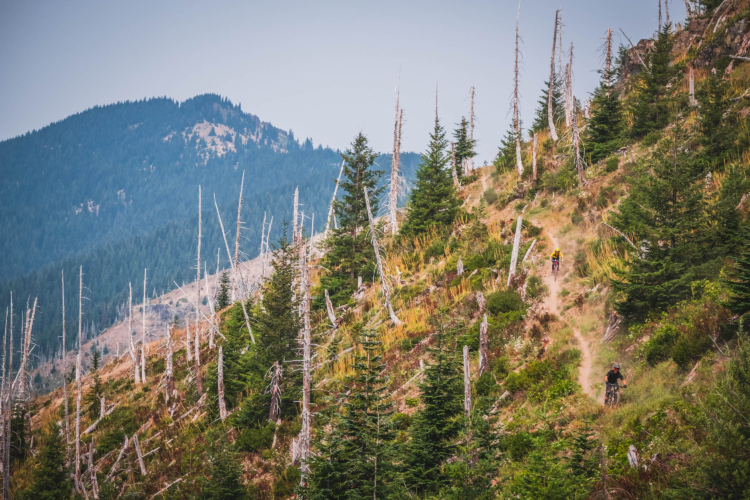


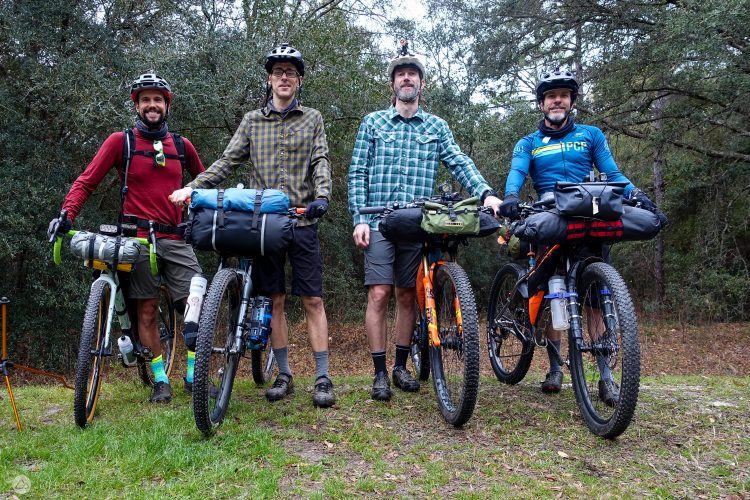

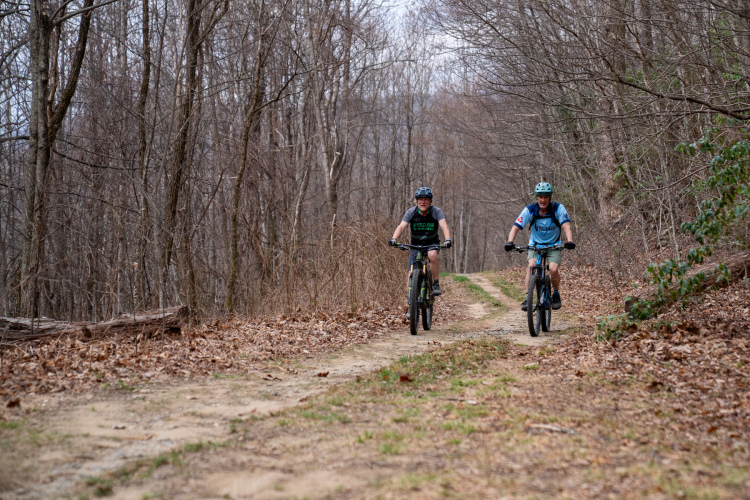
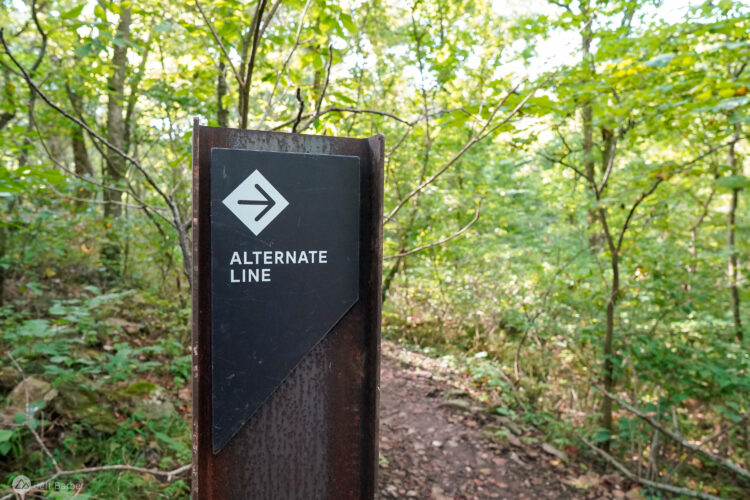
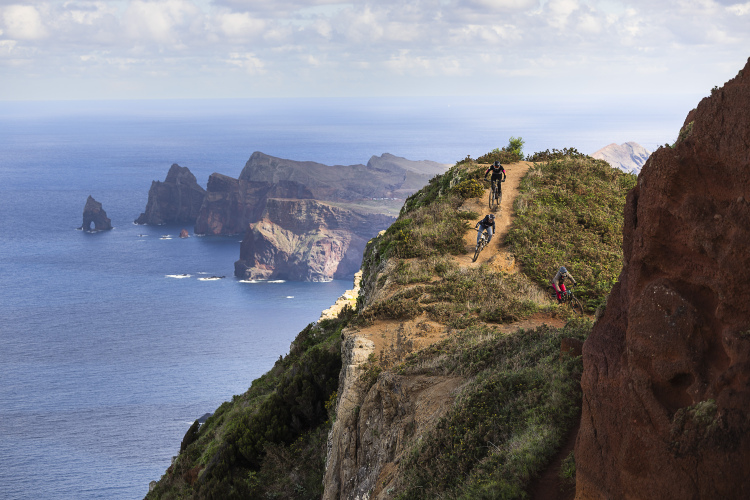

2 Comments
May 12, 2025
May 13, 2025